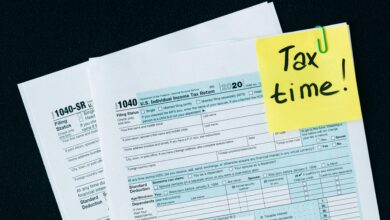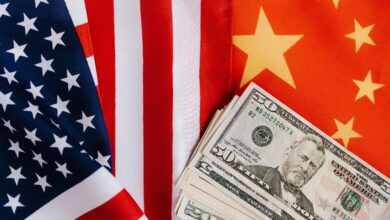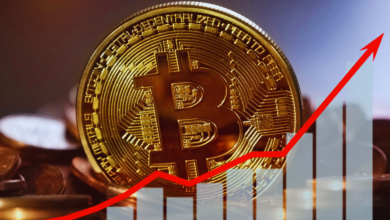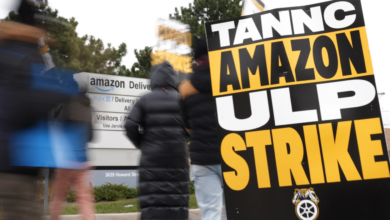Fed Chair Powell Delivers Stark Warning on Economic Fallout From Trump’s Tariff Policies
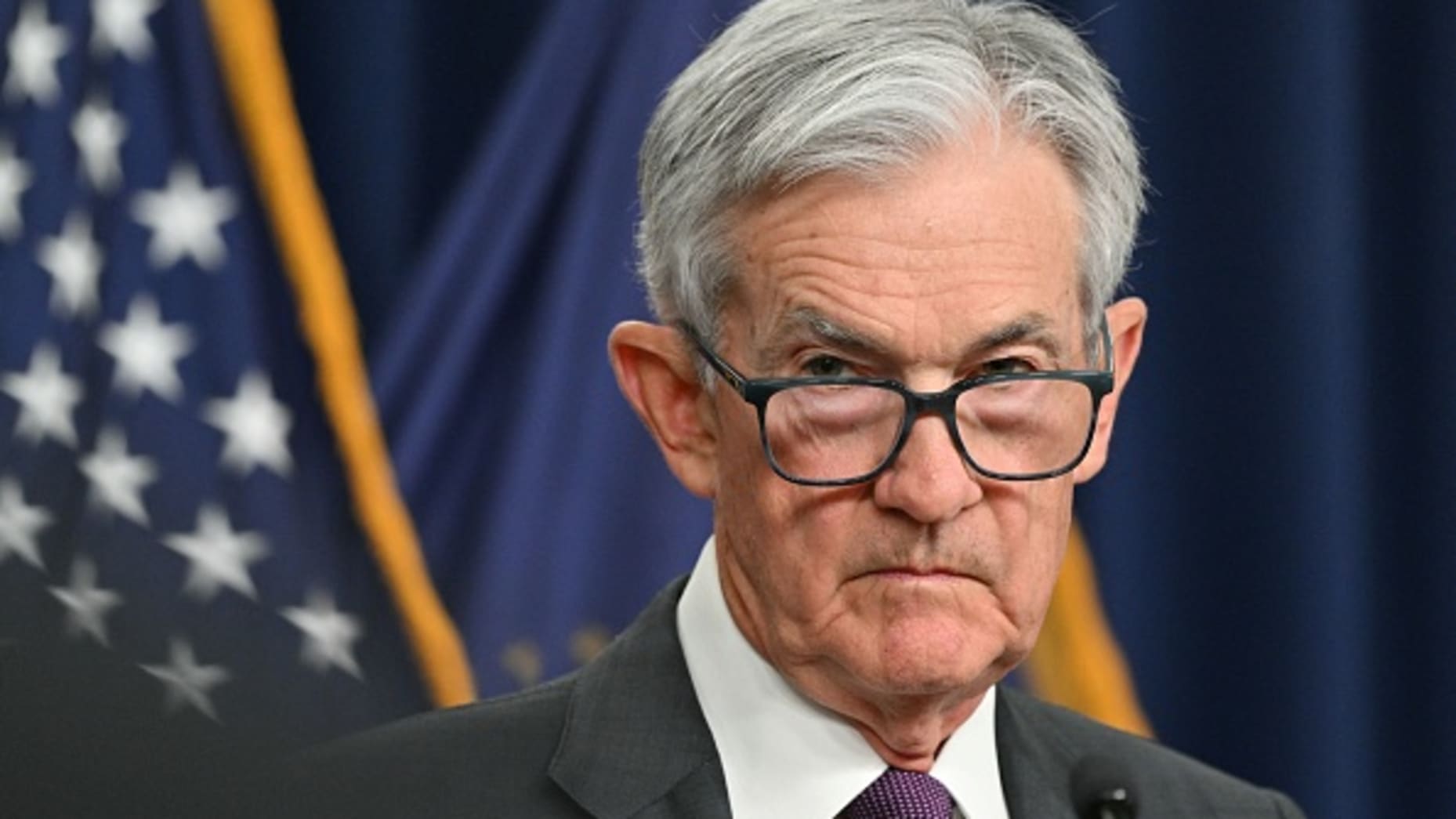
Washington, D.C. (WE) — Federal Reserve Chair Jerome Powell on Wednesday issued his most direct warning yet about the mounting economic risks posed by former President Donald Trump’s aggressive tariff agenda, signaling that the U.S. economy may be veering into unfamiliar and dangerous territory.
Speaking at a forum hosted by the Economic Club of Chicago, Powell called the White House’s sweeping trade policies a fundamental break from precedent, saying they are unlike anything modern central bankers have seen.
“These are very fundamental policy changes,” Powell said. “There isn’t a modern experience for how to think about this.”
His remarks come at a precarious time, with financial markets reeling, business leaders expressing unease, and economists warning of a possible return to 1970s-style stagflation — the painful mix of weak economic growth, high unemployment, and stubborn inflation.
A Sharp Market Reaction
Powell’s comments rattled Wall Street. The Dow Jones Industrial Average dropped 700 points, or 1.7%, as he spoke. The S&P 500 slid 2.5%, while the Nasdaq Composite — heavily weighted in technology firms — plunged 3.5%.
Traders and analysts interpreted Powell’s tone as a signal that the Fed is preparing to remain on the sidelines even as growth slows and job losses rise — an approach driven by fears that cutting interest rates too soon could ignite runaway inflation.
“Jerome Powell just laid down the law with Trump,” said David Russell, global head of market strategy at TradeStation. “It was a clear warning about stagflation, and a declaration that the Fed won’t enable the White House with rate cuts.”
Tariffs Trigger Economic Headwinds
Since returning to campaign prominence in 2024, Trump has pushed for broad, protectionist measures to reset global trade. Those actions, Powell noted, now threaten both parts of the Fed’s dual mandate: maximum employment and stable inflation.
Trump’s revised tariff structure includes:
- 25% tariffs on aluminum and steel.
- 25% duties on select goods from Mexico and Canada that are deemed non-compliant with the United States-Mexico-Canada Agreement (USMCA).
- A sweeping 145% import duty on Chinese goods.
- 25% tariffs on automobiles, with future levies expected on auto parts.
- A 10% baseline tariff across all imports, a policy the administration has dubbed the “universal import fairness duty.”
Additionally, Trump’s team hinted at further levies on critical sectors such as semiconductors, pharmaceuticals, copper, and timber. Some electronics have been temporarily exempted.
“The level of the tariff increases announced so far is significantly larger than anticipated,” Powell said. “And the uncertainty they introduce could inflict lasting damage on economic performance.”
A Return to 1970s-Style Stagflation?
Economists are increasingly concerned the U.S. could revisit the turbulent stagflationary era of the 1970s. That decade saw high unemployment and double-digit inflation, culminating in aggressive interest rate hikes under then-Fed Chair Paul Volcker.
While inflation remains below the post-pandemic peak of June 2022, Powell said conditions are forming for a potential stagflation scenario — particularly if Trump’s proposed July tariffs take effect as planned.
“We may find ourselves in the challenging scenario in which our dual-mandate goals are in tension,” Powell said.
Chicago Fed President Austan Goolsbee echoed this sentiment last week at a forum in New York, calling tariffs “a negative supply shock” that simultaneously worsens inflation and joblessness.
“That’s a stagflationary shock,” Goolsbee explained. “It makes both sides of the Fed’s dual mandate worse at the same time.”
Fed’s Toolbox May Be Limited
The central bank’s primary tools — interest rate changes and balance sheet adjustments — are often effective during conventional downturns or demand-side inflation. But supply shocks, like those caused by trade barriers, are harder to address without causing collateral damage.
Historically, when confronted with stagflation, the Fed has had to choose between fighting inflation at the cost of higher unemployment or boosting employment while letting inflation run higher. Powell acknowledged that navigating these conflicting goals will not be easy.
“We would consider how far the economy is from each goal, and the potentially different time horizons over which those respective gaps would be anticipated to close,” Powell said.
Consumers Begin to Feel the Squeeze
Already, some Americans are experiencing the effects. According to the latest University of Michigan consumer sentiment index, expectations for future inflation have ticked upward, while confidence in future income growth has declined.
Rising import costs are being passed on to consumers. Retailers are reporting higher prices on appliances, electronics, and imported auto parts. The National Retail Federation (NRF) warned that some companies may delay hiring or cut staff to absorb the higher costs.
“Supply chain inflation is not transitory,” said NRF Chief Economist Jack Kleinhenz. “It’s structural, and that makes it especially difficult for households and small businesses.”
Data Still Shows Economic Resilience
Despite the warnings, the U.S. economy has remained relatively stable in the first quarter of 2025. Unemployment sits at 4.1%, only slightly above last year’s low. Inflation, while elevated, has hovered around 2.6%, close to the Fed’s target. And GDP expanded at a 1.8% annualized rate, according to preliminary Bureau of Economic Analysis data.
But economists warn these figures may not fully reflect the tariffs’ impact, especially since many of the new duties were only announced or temporarily paused. Trump delayed a major round of reciprocal tariffs that briefly took effect on April 9, but said they will be reinstated in July unless trading partners make concessions.
“The lag between tariff implementation and economic impact is often several months,” said Kathy Bostjancic, chief economist at Nationwide. “We could see the second half of 2025 turn much darker.”
Read More:
- Party City Shutters Operations After Four Decades
- Tesla Shares Soar to Record High on Post-Election Momentum
- Macy’s to Close 65 Stores by January 2025, Accelerating “Bold New Chapter” Plan
Business Community Rings Alarm Bells
Across the corporate sector, concern is growing. The U.S. Chamber of Commerce issued a rare rebuke of the Trump tariff plan, saying it threatens both U.S. competitiveness and global economic stability.
“American businesses, workers, and consumers will bear the brunt of these protectionist measures,” said Neil Bradley, the Chamber’s chief policy officer.
The National Association of Manufacturers (NAM) said factories dependent on imported materials are already reporting slower orders and rising costs.
Even some Republican lawmakers have voiced skepticism. Senator Mitt Romney (R-UT) called the tariffs “economically reckless” and urged the Fed to maintain its independence in the face of political pressure.
Waiting for the Data
For now, Powell and his colleagues appear committed to a wait-and-see approach. Cleveland Fed President Beth Hammack said in Columbus, Ohio, that “waiting for additional data will help inform the path ahead.”
“This is a difficult set of risks for monetary policy to navigate,” Hammack said. “There is a strong case to hold monetary policy steady in order to balance the risks coming from further elevated inflation and a slowing labor market.”
Analysts say this means the Fed is unlikely to cut rates — or hike them — unless there is clear evidence of an economic shift. Markets, however, are increasingly pricing in the possibility of a rate hike later this year.
“If inflation flares up and job growth falters, the Fed could be forced into a very difficult corner,” said Mark Zandi, chief economist at Moody’s Analytics. “There is no easy answer.”
Political Tensions Add Complexity
The Fed’s stance also sets up a potential political confrontation. Trump has repeatedly accused the Fed of being too slow to cut rates and boost growth, arguing that his trade agenda is about economic security.
“If Jerome Powell doesn’t lower rates, he’s hurting the American worker,” Trump said at a rally in Ohio last month.
In response, Powell reiterated that the Fed will act based on data, not political pressure.
“We are an independent central bank,” Powell said. “And that independence is vital to achieving our objectives.”
Global Implications
Trump’s trade moves are not only affecting the U.S. economy. Allies and rivals alike are recalibrating their trade strategies. The European Union has threatened retaliatory tariffs, while China has imposed its own countermeasures on U.S. agricultural products and tech firms.
Global markets are feeling the strain. The World Bank recently downgraded its global growth forecast for 2025 to 2.1%, citing trade tensions and policy uncertainty.
“The world is increasingly fractured along economic lines,” said Carmen Reinhart, a former World Bank chief economist. “We’re seeing the unraveling of decades of integration.”
What’s Next?
With Powell’s warning now public, attention turns to July — when Trump’s delayed tariff hikes could take effect. Economists, businesses, and international partners will be watching closely to see if the administration follows through or backs down in the face of market turbulence.
Meanwhile, the Fed’s next policy meeting is scheduled for June 11–12, with investors eagerly anticipating any hints of a shift in strategy.
In the meantime, Powell’s message is clear: the central bank is preparing for the storm, but it may have limited shelter to offer.
